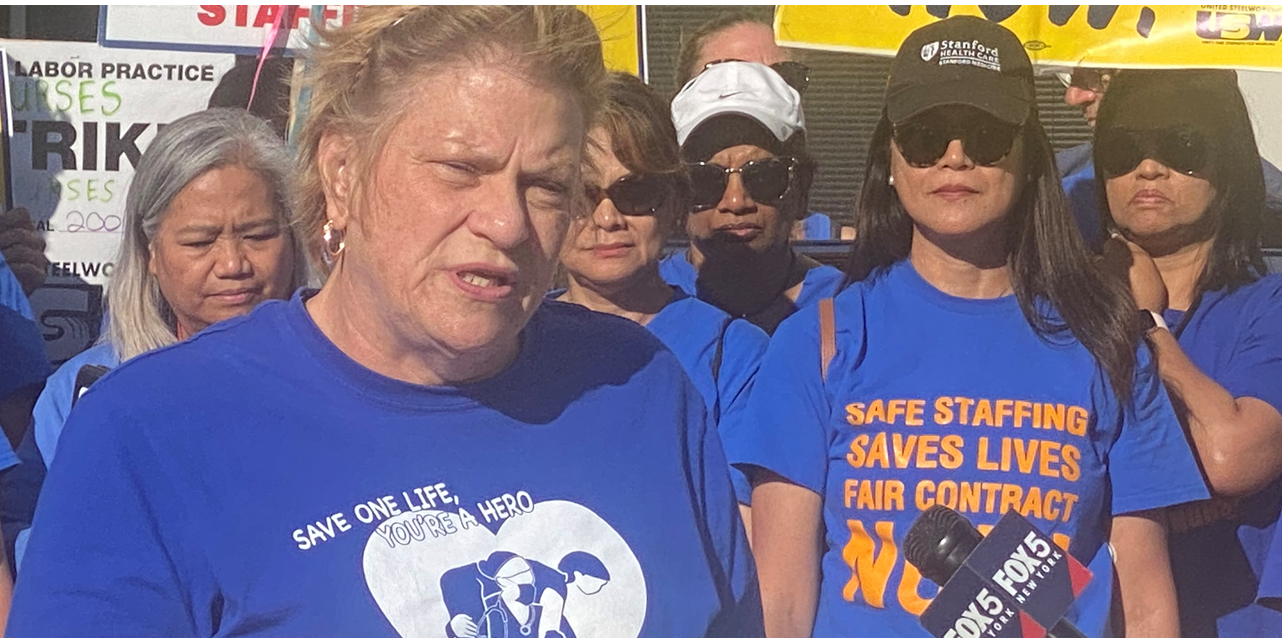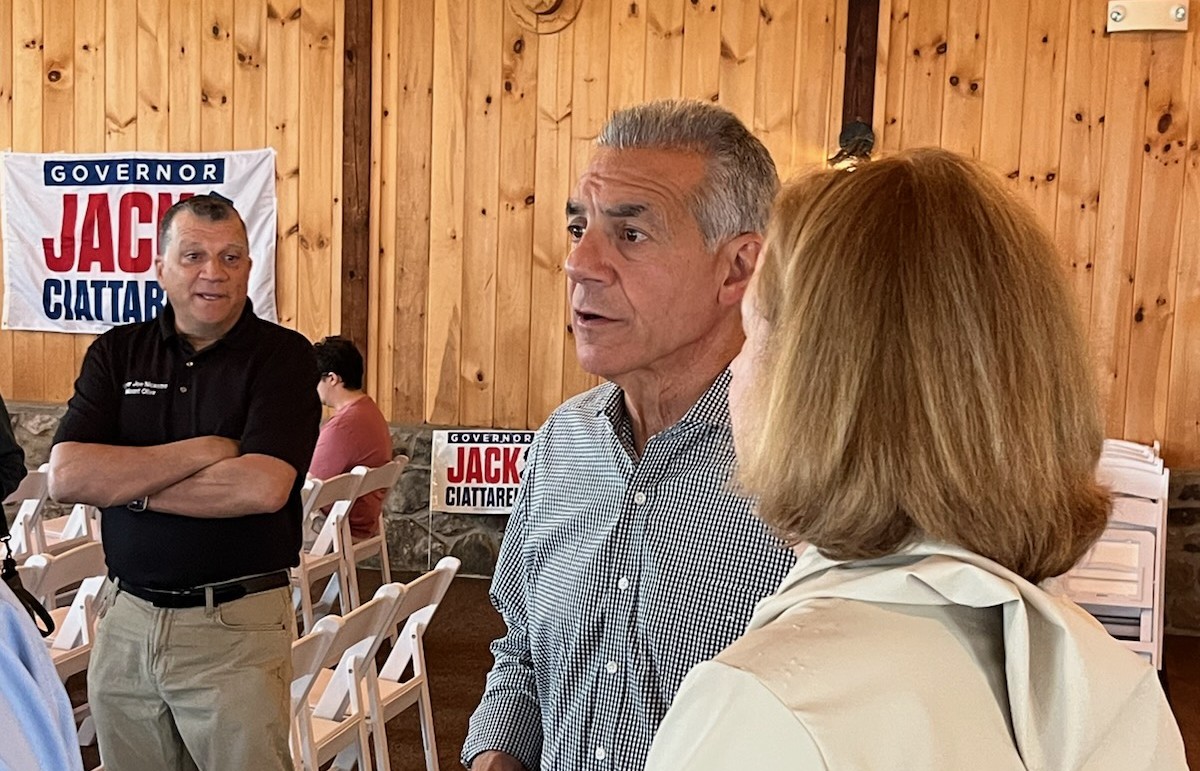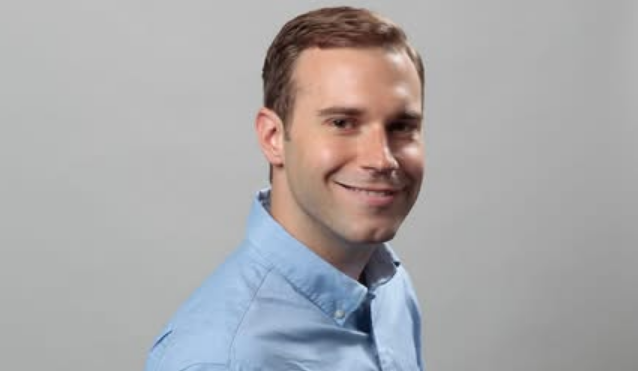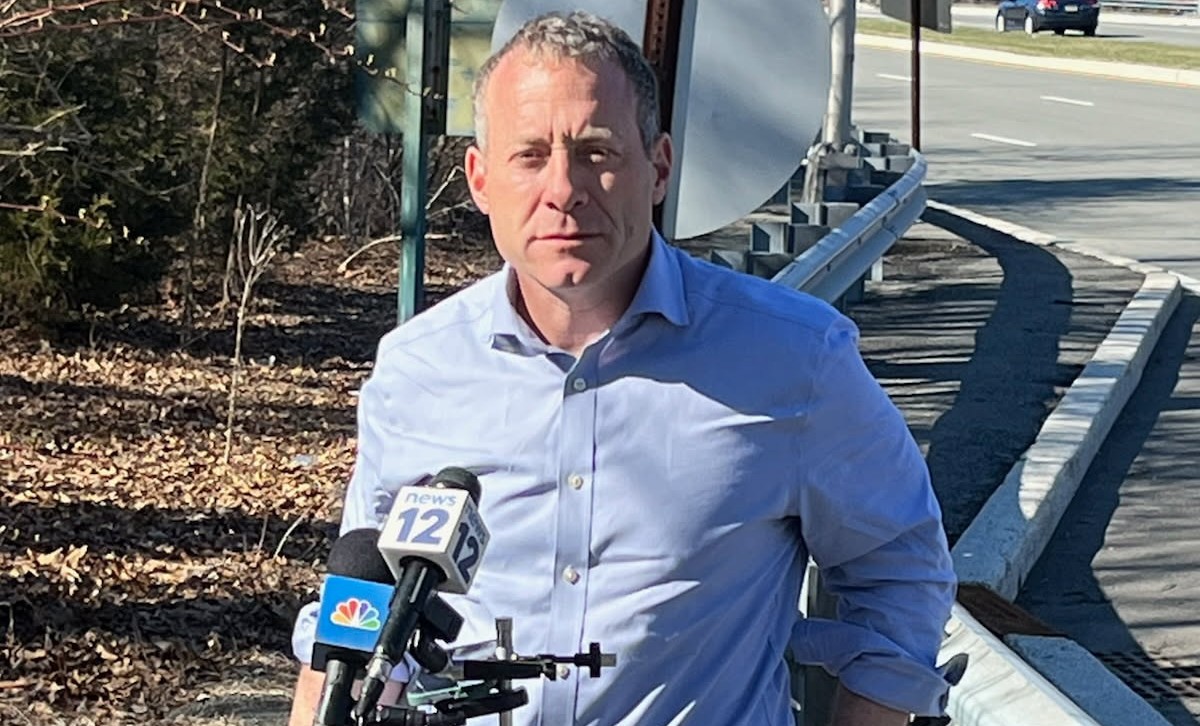
With Vice President Kamala Harris’s selection of Minnesota Gov. Tim Walz as her running mate the 2024 race is now in full frame. It’s early days, but if past campaigns are any predictor, even after Labor Day the contest won’t touch on the actual circumstance of the American people but on the horse race with a fixation on how much money the candidates have raised and the status of former President Trump’s criminal cases.
Meanwhile backstage, behind the theatrical black curtains of the political spectacle America’s for-profit healthcare cartel has stage door passes. For now, the campaign is all about the exchange of social media and one-line zingers being exchanged by the electoral combatants.
That’s fine by the vested multi-billion-dollar interests that own American healthcare and keep it under the lock and key of prior authorizations and red tape. No matter which party wins, thanks to the campaign and lobbying cash they spread around the healthcare industry usually has their bases covered no matter who prevails.
Factor in the billions of dollars spent on advertising on drugs you didn’t know you needed and snake oil like Medicare Advantage, which is neither Medicare nor an advantage, and you can understand how not only America’s politics but its imagination has been captured. The reality is that healthcare is the number one most pressing labor policy issue in America, a nation that spends more on healthcare than any other nation on earth and has the worst outcomes.
Post-COVID, our emergency rooms are overwhelmed and we’ve lost ground on increasing the number of Americans with health insurance coverage.
Top White House advisors on healthcare and members of Congress who chair healthcare related panels of both parties will end up as lobbyists and even directors of companies like CVS Aetna. Cashing in on public service has a long bi-partisan tradition in America and in the case of healthcare it’s had deadly consequences on a scale that should cry out to the heavens for redress.
Yet, all we hear are the sounds of those pharma TV jingles that are played with such frequency we find ourselves humming them infected by their repetition.
This all became starkly obvious during COVID when existing equipment and staffing shortages caused by our profit imperative helped drive up the COVID death toll to over one million Americans including tens of thousands of essential workers. The impact was particularly devastating here in New Jersey when Gov. Murphy morphed into a congenial undertaker who knew the favorite sports team of the COVID fatality he decided to profile.
While the U.S. was 4 percent of the world’s population, we racked up 12 percent of the COVID deaths which early on disproportionately occurred in poorer non-white zip codes. And while the wider circulation of the COVID vaccine reduced some of that disparity, the damage the beltway power structure now wants to ignore had already been done and still defines us today with wide racial health outcome disparities.
According to a study published by the American Medical Association that looked at ten major American cities including New York City and Philadelphia “in counties where the population was substantially non-white with a median income defined as $60,249, the COVID-19 death rate was more than nine times higher when compared to counties that are substantially white with the same median income.”
Now, more than a year after the White House declared an end to the COVID pandemic we are seeing the consequences of Washington’s decision to “unwind” Medicaid, which greenlighted the states to toss close to 25 million people off of the lifeline insurance coverage.
During the worst of the pandemic, the federal government suspended the annual re-application and needs testing requirement for Medicaid permitting families in need to roll over their coverage. Removing that impediment resulted in over 92 percent of the US being covered, an all-time high that built on the success of the Affordable Care Act. Health experts rightly made the case that households with health insurance were more likely to be pro-active in seeking out medical care which would also support COVID infection control efforts.
While in New Jersey, non-profits and the Murphy administration worked hard to contain the damage, essential reporting by Lilo Stainton, with NJ Spotlight earlier this year documented close to 300,000 people lost their healthcare out of the states close to 1.3 million participants. While close to a half-million were reenrolled, about 37 percent of former Medicaid enrollees were still under review as of January.
In neighboring New York, 1.9 million lost their coverage while in Texas it was 2.5 million and in California it was 2 million. In Florida it was 1.9 million. For millions of Americans without healthcare insurance the ER is where they get seen by a physician.
The great “unwinding” of Medicaid is having real world consequences like Washington’s decision pushed by West Virginia’s Sen. Joe Manchin to not extend the Expanded Child Tax Credit that forced millions of our children back into poverty.
Across the country we are seeing the ongoing healthcare crisis in rural and urban American deepen with hospital closures and consolidations being driven by inadequate or non-existent reimbursements from private insurance plans.
Researchers have linked these closures to mortality increases “after a rural hospital closure not only in the local rural area but in the neighboring urban area as well. This adverse effect is larger for Medicaid patients and racial minorities,” according to Kritee Gujral, a health economist at the CHOICE Institute at the University of Washington.
Add into this mix a post COVID healthcare recruiting and retention crisis with over one million nurses opting to not practice because according to their unions they don’t want to compound the moral injury they suffered from working in a system that always puts profits ahead of patients.
Consider that in Washington D.C., our nation’s capital, the average wait time to seen in an emergency room by a physician is five hours and twenty-five minutes (325 minutes). New Jersey ranks 7th at three hours and fourteen minutes (194 minutes), well above the national average two hour and forty minutes (160).
In the 2019, pre-COVID according to the Harvard Business Review “the average hospital emergency department (ED) patient in the United States waits more than an hour and half (90 minutes) to be taken to his or her room.” We are headed in the wrong direction.
Aside from some non-profits like Be A Hero and Citizens Action, as well as the nation’s healthcare unions, no one is speaking directly about the ongoing implosion of our healthcare system.
Here in New Jersey, all of the unions representing nurses and the allied healthcare professions continue to fight for legislation that’s been pending for a generation to mandate safe staffing for the state’s hospitals that have successfully blocked the measure.
Back in 2004, the adoption of such standards by the State of California produced better patient outcomes reflected in fewer re-admissions, reduced workplace injuries, better infection control and increased nurse retention.
Last year, United Steelworkers Nurses Local 4-200 went on strike at Robert Wood Johnson University Hospital in New Brunswick over the issue and they prevailed after being out from August until December.
“Patients deserve better than a long wait in the Emergency Department- with Safe Staffing in every state,” said Judy Danella, RN, president of USW Nurses Local 4-200. “It will help turn around time and a shorter wait in the ED. This can only benefit the patients, the families and the nurses.”
“When hospitals are short-staffed, wait times, especially in Emergency Departments, are increased,” wrote Debbie White, RN, with HPAE, New Jersey’s largest healthcare union. “In New Jersey, one of the ways to combat these long wait times is to address the primary reason why nurses are leaving our hospitals—chronic understaffing. We must pass safe staffing laws to recruit and retain staff that are able to handle the large volume of patients seen in most Emergency Departments. Safe staffing laws will keep nurses working in our hospitals. In addition, safe staffing has also been shown to dramatically improve patient care and outcomes. Safe staffing in our hospitals, including our Emergency Departments, will save lives.”
“Long wait times in the ER are a direct result of inadequate resources, specifically staffing,” said Douglas Placa, executive director on JNESO District Council 1, IUOE-AFL-CIO. “Although ER’s can be slow one minute, they can be over capacity the next. Hospitals and patients can’t afford to not have enough nurses in the case of a life or death situation.”
Bottom line—America’s emergency rooms are a disaster where the sickest among us are languishing unattended for hours by a system that’s melting down. No doubt, as a consequence thousands will die prematurely because of the post pandemic smugness of the elites who have access to concierge healthcare.
Yes, that’s a thing. Just ask your private wealth manager.
(Visited 15 times, 15 visits today)
Insider NJ recently released a report on America’s ER Code Blue, shedding light on the critical state of emergency rooms across the country. The report highlights the challenges faced by ERs, including overcrowding, long wait times, and a shortage of medical staff.
One of the key findings of the report is the increasing number of patients seeking care in emergency rooms. This surge in demand has put a strain on ERs, leading to overcrowding and extended wait times for patients. In some cases, patients have had to wait hours to be seen by a doctor, putting their health at risk.
Another major issue highlighted in the report is the shortage of medical staff in emergency rooms. Many hospitals are struggling to recruit and retain qualified doctors and nurses, leading to understaffed ERs and a decrease in the quality of care provided to patients. This shortage of medical staff has also contributed to the long wait times experienced by patients in emergency rooms.
The report also delves into the financial challenges faced by emergency rooms. Many hospitals are operating at a loss when it comes to their ERs, as they are required by law to treat all patients regardless of their ability to pay. This has put a strain on hospital budgets and has forced some facilities to cut back on services or even close their emergency rooms altogether.
In response to these challenges, the report suggests several potential solutions. One recommendation is to increase funding for emergency rooms to help hospitals cover the costs of providing care to all patients. Another suggestion is to invest in telemedicine technology, which could help alleviate overcrowding in ERs by allowing patients to receive care remotely.
Overall, Insider NJ’s report on America’s ER Code Blue paints a concerning picture of the state of emergency rooms in the country. It highlights the need for immediate action to address the challenges faced by ERs and ensure that patients receive timely and high-quality care when they need it most.



